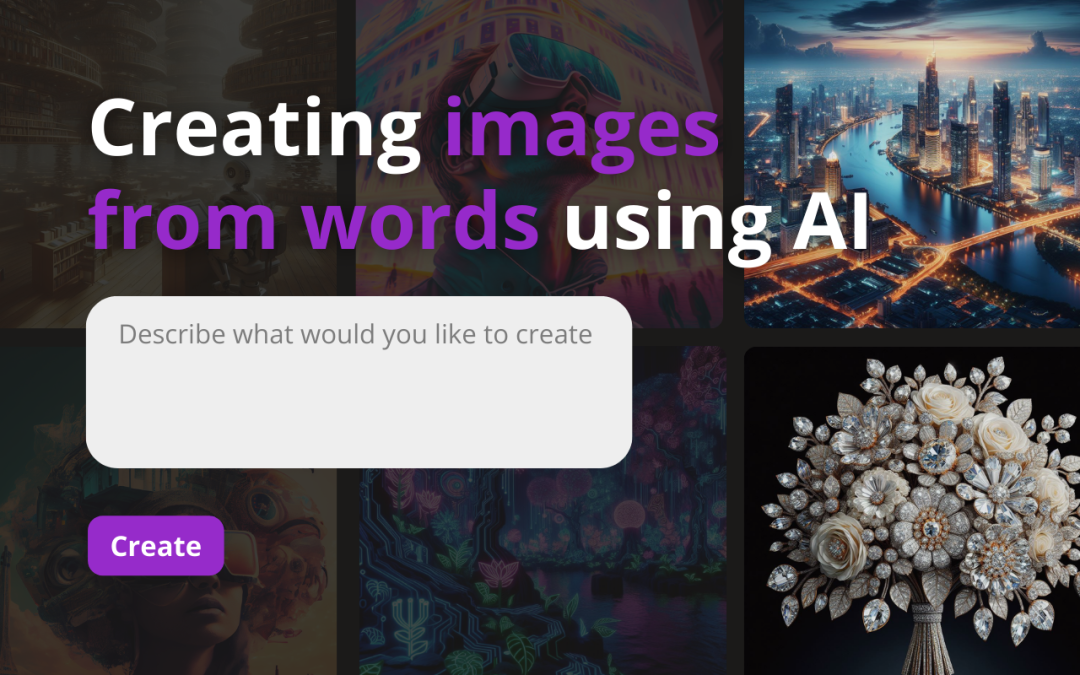
What Are AI Prompts?
In simple terms, AI prompts are instructions or commands issued to AI systems. Through these prompts, AI can generate results that align with user intentions.Our interaction with AI mainly revolves around inputting prompts, which can be text, image information, or code, to communicate what kind of response you desire from the AI. Language models like ChatGPT heavily rely on textual prompts, as the prompt words can guide AI to produce relevant and contextually appropriate responses.In the design field, designers can utilize prompts to communicate with AI tools like ChatGPT or Midjourney.AI prompts can also include image information as reference materials to guide AI in creating specific design elements, styles, or concepts.For example, simple prompt words like “design a minimalist logo for a coffee shop” can also be enhanced by inputting a sketch as a reference and combining it with the prompt “generate a spatial effect diagram for a car showroom”.The flexibility and adaptability of AI prompts make them an indispensable tool in the designer’s toolbox.
 Why Are AI Prompts Important?
Why Are AI Prompts Important?
The core functionality of AI lies in machine learning. In machine learning, AI algorithms learn from vast amounts of data, recognizing patterns within it, and then making decisions based on that data.The quality and characteristics of the data inputted into these algorithms significantly impact their performance and accuracy. This is where AI prompts come into play—they guide the learning process, providing context and direction to the AI. For instance, when training AI to generate web designs, prompts may include various styles, layouts, and user interface elements to teach the AI how to understand good design.AI prompts play a role in machine learning that goes beyond just providing directional guidance; they also help shape AI’s understanding of design principles and aesthetics. A carefully curated set of prompts can enable AI to not only comprehend the technical aspects of design but also appreciate the nuances of different artistic expressions and subtle stylistic differences.
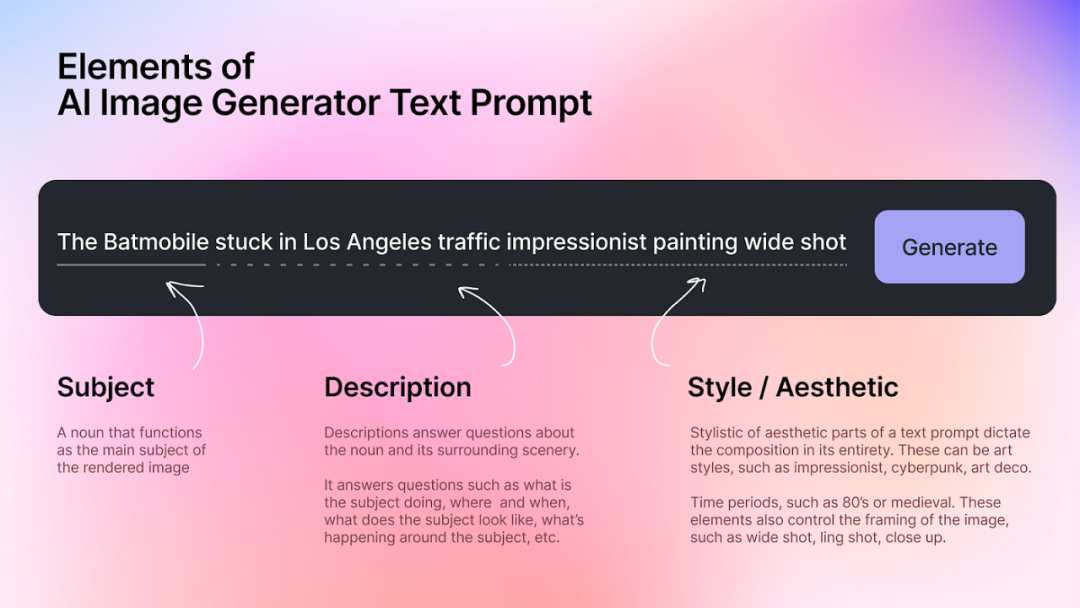
AI Prompts: Input Methods
For designers, the most commonly used AI prompts are textual and visual prompts.Textual Prompts Textual prompts are written descriptions or instructions used in AI applications such as content generation, chatbots, or design tools. For example, an industrial designer might use a textual prompt to guide the AI in creating an image of an “elegant, modern, and user-friendly” electric oven.Visual Prompts Visual prompts provide images or visual elements that guide the AI in generating similar styles or patterns. This is particularly useful in graphic design and visual arts, where AI can create artwork or design elements based on given images or color schemes. For instance, a web designer might upload a prototype image and let the AI generate a high-fidelity user interface design.The effectiveness of AI prompts largely depends on their clarity, specificity, and alignment with the AI’s capabilities. A well-designed prompt not only guides the AI to achieve the desired results but also opens up possibilities for innovative exploration. Finding a delicate balance between providing sufficient prompt guidance to produce relevant results and leaving enough room for the AI to generate innovative and unexpected solutions is essential.
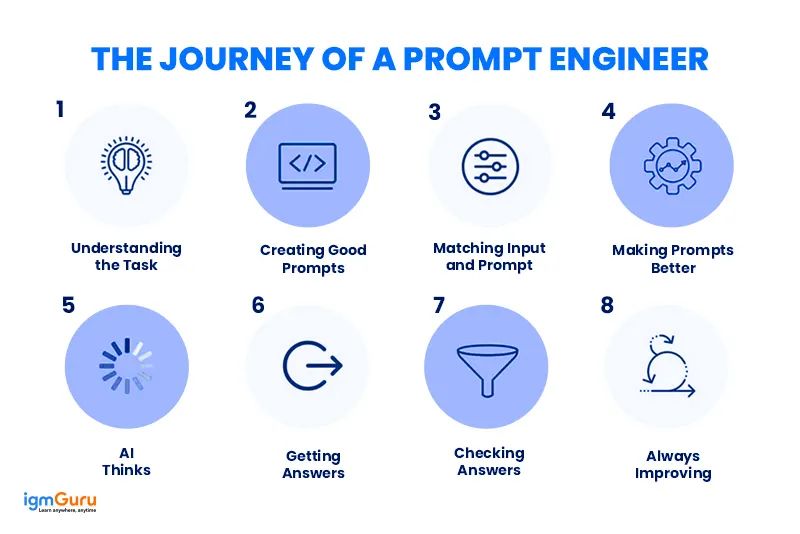
Types of AI Prompts
AI prompts can be categorized based on their complexity, here are some common types:Single-use PromptsThis type of prompt is standalone and requires the AI to respond or act based solely on a single input. This prompt is straightforward and does not rely on previous interactions or context.For example:Asking the AI a standalone question, such as “What is the highest mountain in the world?”The AI will directly answer “Mount Everest” without needing any additional contextual information.Contextual or Follow-up PromptsThis type of prompt is based on previous interactions. The AI needs to consider the context or history of the conversation to provide a relevant response.For example:After discussing several historical landmarks, you might ask, “Which ones are located in Italy?”The AI will understand the context based on the previous discussion about landmarks and identify those located in Italy.Chain of Thought PromptsThis type of prompt requires the AI to arrive at an answer through a certain sequence of thought or logical steps. This prompt is more complex, as the AI needs to demonstrate its reasoning process.For example:“If a train travels at 60 miles per hour for 2 hours and stops for 5 minutes at 3 stations, how far has it traveled? Please explain all reasoning steps for the answer.”The AI needs to show the calculation process, indicating it understands the steps to solve the problem.Creative or Generative PromptsThis type of prompt asks the AI to generate original content, such as stories, artworks, or music. This prompt typically requires a higher level of creativity and interpretive ability from the AI.For example:“Write a poem about the tranquil forest in autumn.”The AI will generate an original poem that captures the essence of autumn and the serenity of the forest.Interactive or Dynamic PromptsThis type of prompt involves interaction, where the AI’s response changes based on the user’s real-time input or feedback.For example:In a design tool, “Adjust the color scheme of this layout to make it more vibrant and colorful.”The AI will make real-time adjustments based on the prompt and can further modify the design based on ongoing feedback.Complex Task-Oriented PromptsThis type of prompt is used in specific professional or technical scenarios, requiring the AI to perform complex tasks, often involving data analysis, problem-solving, or decision-making.For example:“Analyze the sales data from the last quarter and identify emerging market trends.”The AI will process the data, identify patterns, and then provide insights into market trends based on the analysis.
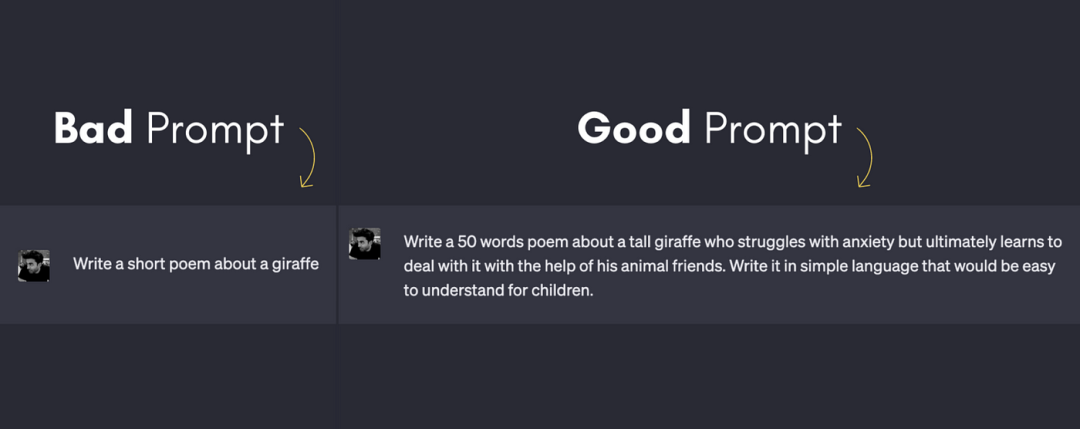
How to Input Effective AI Prompts
Designers need to find a balance between precision and creativity to design an effective set of AI prompts. To communicate effectively with AI large models, prompts must be clear and detailed but also open enough to allow the AI sufficient creative exploration space.First, designers need to understand the capabilities and boundaries of each AI application to customize prompts based on these factors. For example, the same prompt may yield different results in ChatGPT compared to Midjourney.Additionally, if prompts are too vague or broad, the output is likely to be unacceptable or unrelated to the task. For instance, a prompt like “design a logo” is too open-ended and can produce many possible outputs. A more effective prompt should be something like “design a minimalist logo for a bakery using green and brown,” which provides specific direction and style requirements.When initially using an AI tool, it is essential to try different types of AI prompts and continuously refine these prompts based on the AI’s output to get closer to the desired results. This process is not only about achieving ideal designs but also about understanding how different types of prompts affect the AI’s output.Here are some strategies to optimize your textual prompts:Specify FormatIf you need the AI to respond in a specific format, indicate this in the prompt.For example,“Write a three-paragraph summary of the following article, with each paragraph not exceeding 200 words.”Provide ContextEspecially for more complex tasks, providing context can help guide the AI to give more accurate responses. You can give the AI a brief overview of previous relevant exchanges or describe the current situation, or even provide an example. You can include examples in the prompt to show the AI what the correct answer should look like. The AI will attempt to identify patterns and relationships from the examples and apply these to form responses.Iterative OptimizationOptimize your prompts based on the AI’s responses.If the AI does not produce the expected results, consider adjusting the specificity, tone, or format of the prompt. At this stage,it often requires three to six iterations of a single prompt to achieve optimal results for specific outputs during interactions with the AI.Of course, creating effective prompts usually requires a trial-and-error process.Continuously testing and optimizing prompts will lead to better results from the AI over time.

AI in Design: Application Cases
In the design field, AI software provides more possibilities for efficiency and innovation. For instance, in product design, designers use prompts to guide AI in brainstorming and modeling new products,allowing for more experimental and innovative approaches in product design, which provides designers with many creative options; in UX/UI design, designers use AI prompts to create the desired user interfaces, test usability, and even predict user behavior, all contributing to a better user experience.

In design, one of the most exciting aspects of AI is its ability to generate entirely new concepts and ideas. Designers can use specific prompts to explore styles and aesthetics they may have never considered, thereby breaking the limits of traditional design thinking. For example, a prompt like “futuristic, biomimetic architectural design” may guide the AI to produce architectural models and visualizations that integrate organic forms with advanced technology.

AI also enables non-design professionals to participate in design creation. Individuals or small businesses without professional design training can also create satisfactory designs using AI-driven design platforms. As these tools become more intuitive and user-friendly, it is foreseeable that AI will help ordinary users create professional-level designs.

Ethical Issues Related to AI Prompts
Like any technological advancement, integrating AI into the design process raises some ethical considerations.The main concern is that AI-generated designs may contain biases.AI modelslearn from large datasets,and if these datasets themselves contain biases, the AI is likely to replicate these biases in its outputs.To mitigate this risk, designers must remain vigilant and carefully consider the data and prompts inputted into AI applications.Another ethical consideration is originality and intellectual property. AI-generated designs are based on existing data and patterns, raising concerns about the authenticity of designs and the possibility of inadvertently replicating existing works. Designers must handle these phenomena cautiously and ensure that AI-generated designs are genuinely innovative and do not infringe on existing copyrights.Dependence on AI also raises concerns about human creativity. As AI capabilities grow stronger, there are worries that human designers may be displaced or that the value of human-created designs may diminish. For designers, we must view AI as a tool that can enhance our creativity rather than a replacement; the role of designers is evolving.
END
CONTACT US
Follow Us
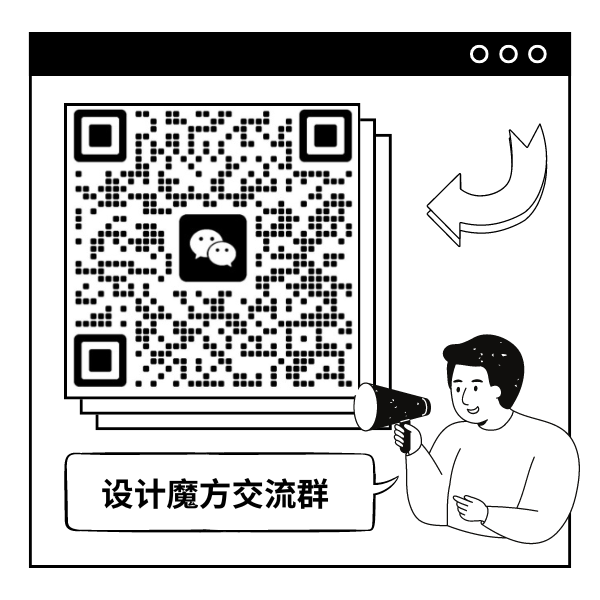
Add staff WeChat to join the“Design Cube Exchange Group”
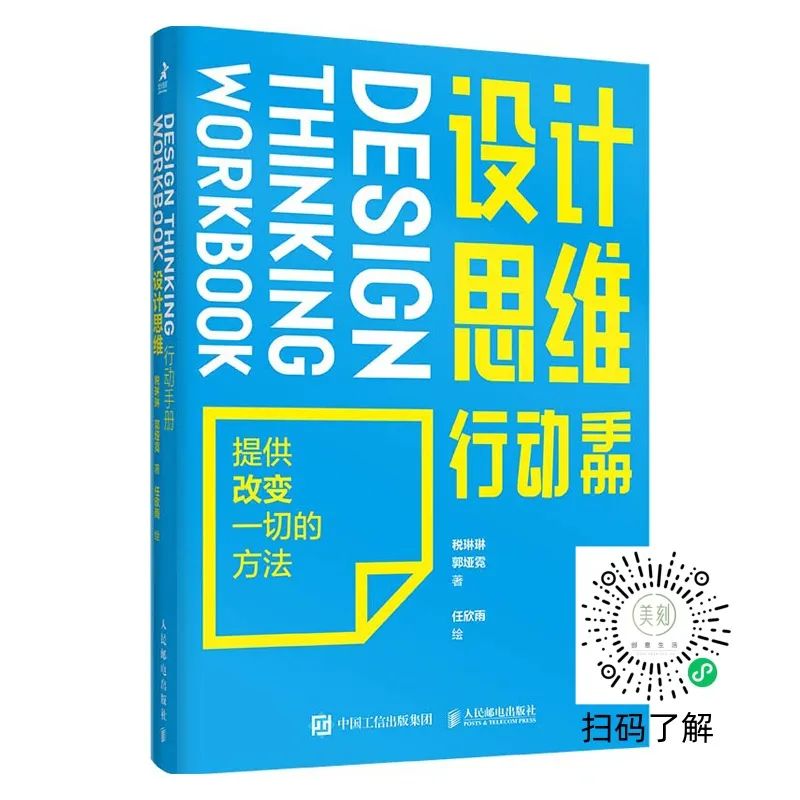
Recommended Book of the Issue: Design Thinking
Recent Activities~

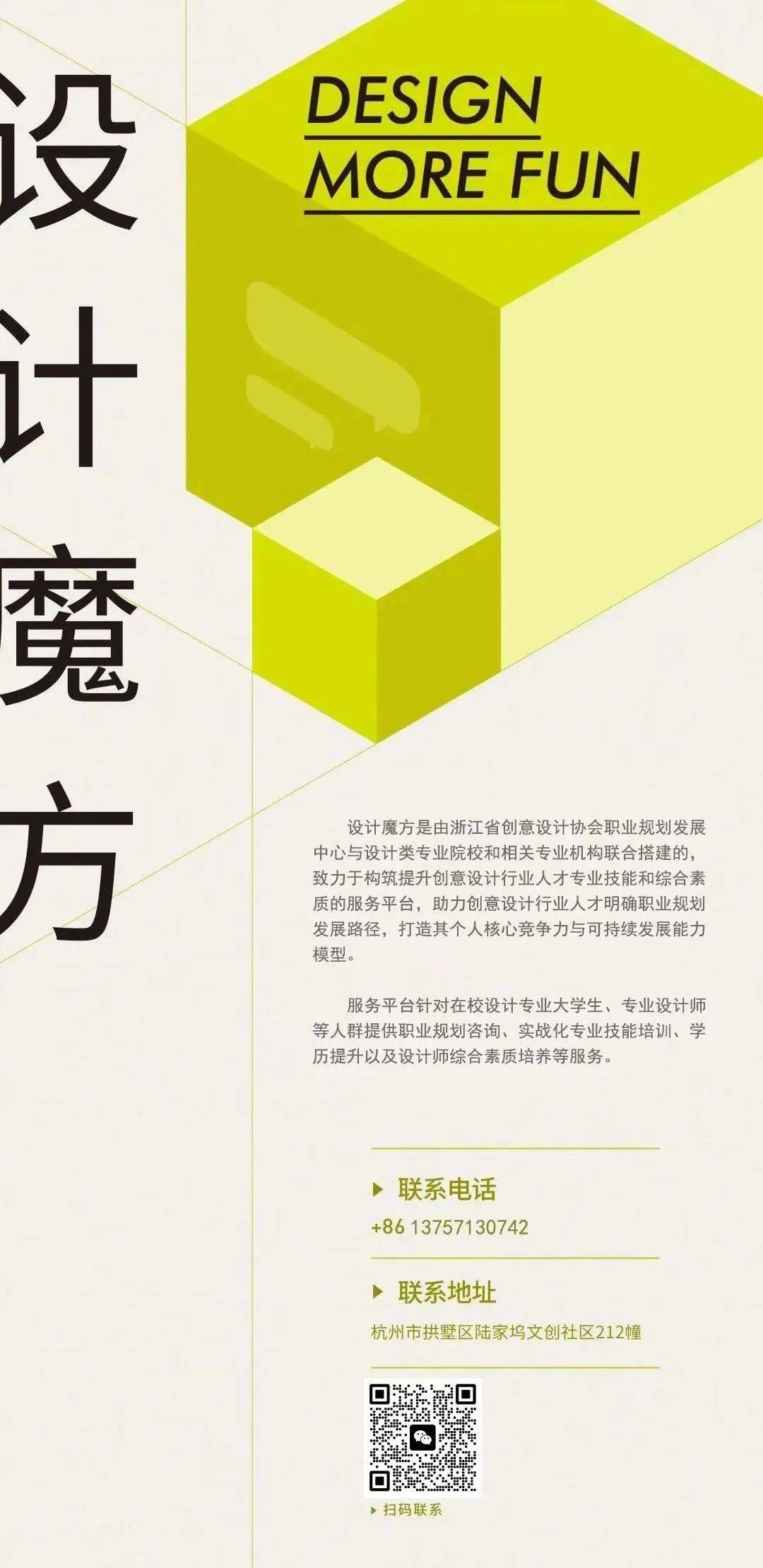
Due to recent changes in WeChat public account push rules, if you want to see our articles frequently, you can click the “Looking” button at the bottom right after reading each article, so that articles pushed will immediately appear in your subscription list. Thank you all for your support!
